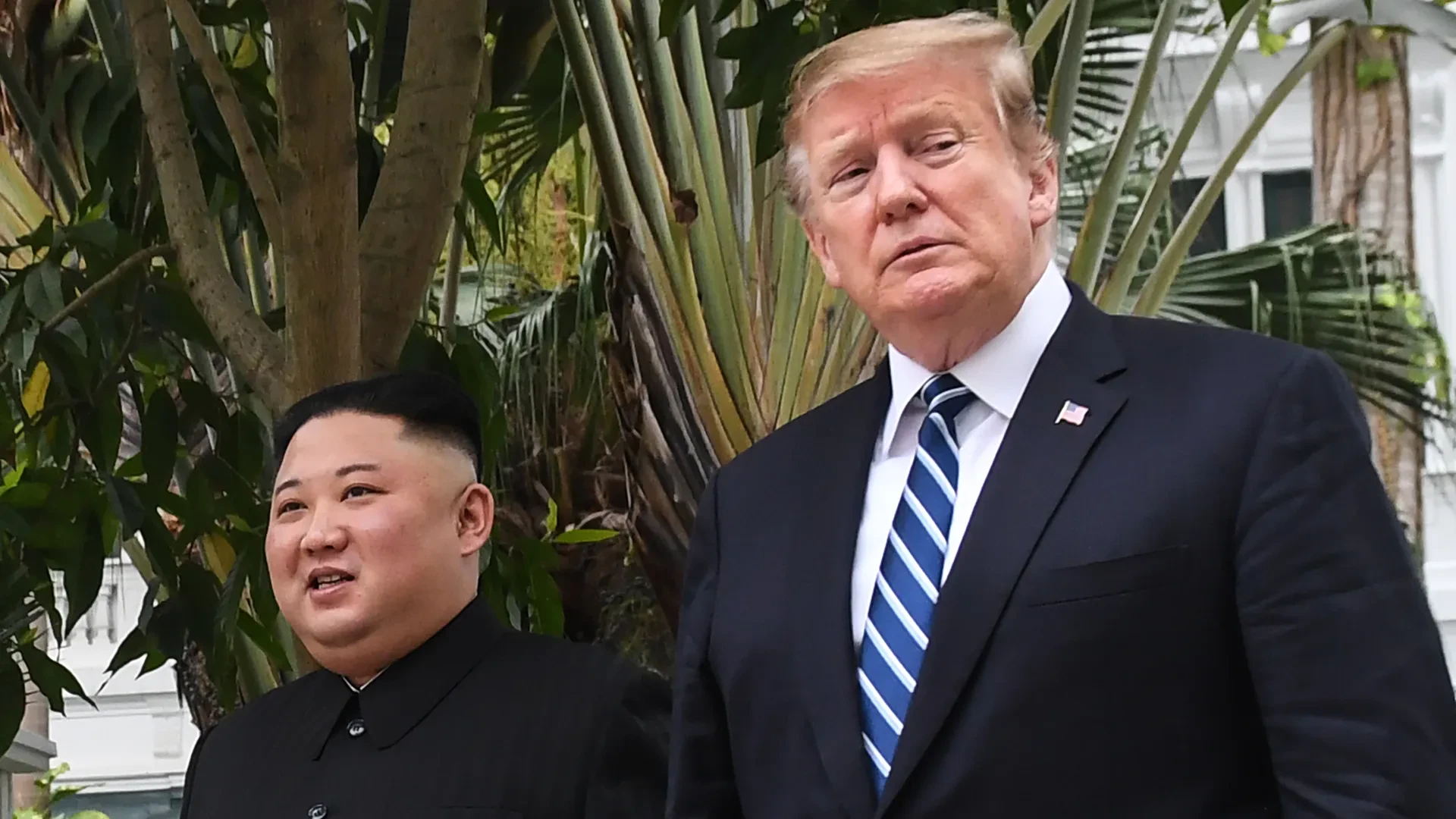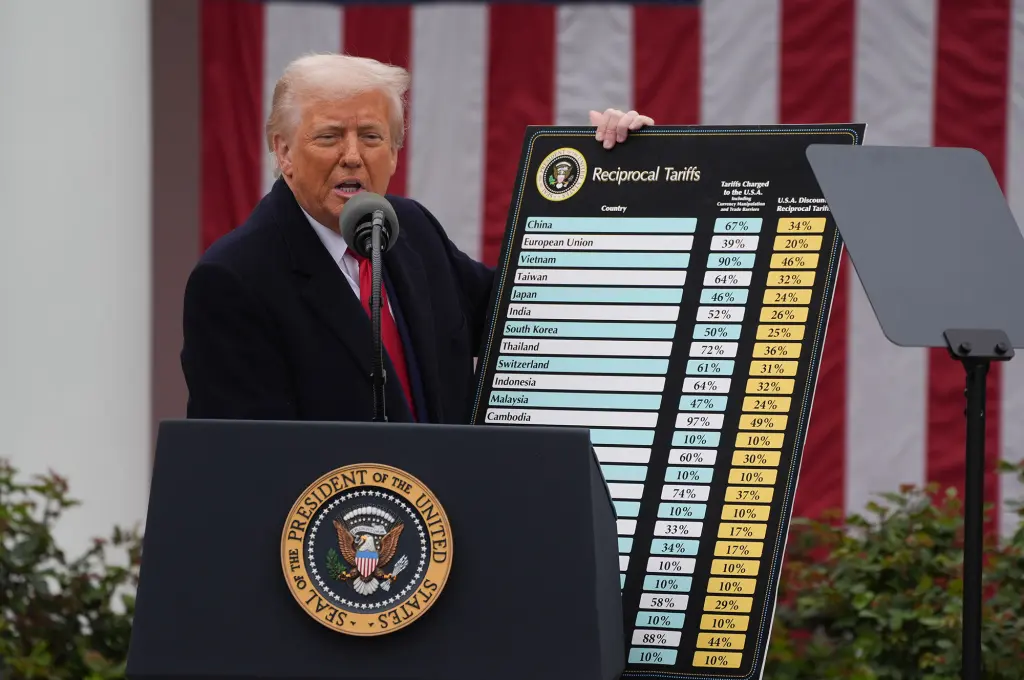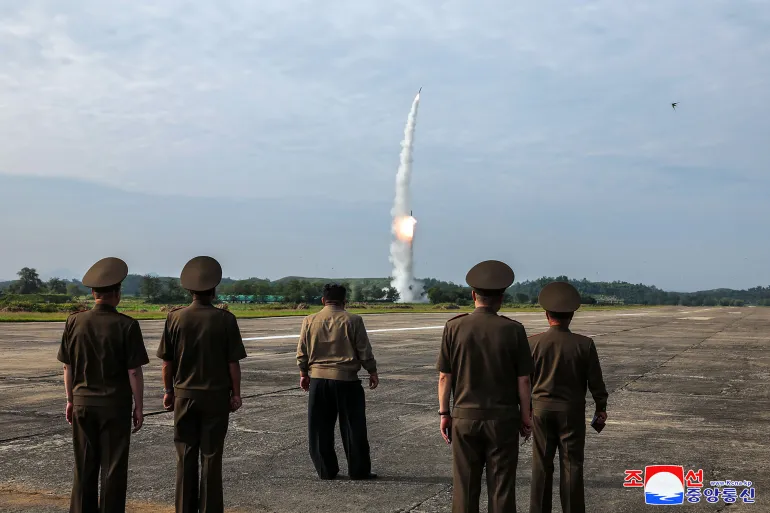Federal investigators revealed Friday that Chinese hackers penetrated telecommunications systems used by former President Donald Trump and Senator JD Vance. The breach targeted Verizon's infrastructure, potentially exposing the communications data of countless prominent political figures across party lines. The scope and sophistication of this operation reflect an unprecedented escalation in state-sponsored cyber espionage.
Salt Typhoon
The operation was executed by a Chinese state-affiliated group identified as Salt Typhoon, which bypassed conventional attack vectors in favor of deep infrastructure penetration. Rather than targeting individual devices, the group compromised core telecommunications systems, enabling broader surveillance capabilities. The breach affected multiple high-profile targets, including Democratic leaders in Congress and potentially members of Vice President Harris's campaign staff.
The technical complexity of this operation distinguishes it from typical cyber attacks. By infiltrating network infrastructure, Salt Typhoon gained potential access to communication metadata, including call patterns, duration, and frequency. Such information provides invaluable intelligence about relationships between political figures and their inner circles. The strategic timing during election season maximizes the intelligence value of collected data.
Intelligence officials confirmed the persistence of the breach, indicating that Salt Typhoon maintains an active presence within compromised systems. The sophisticated nature of the operation bears hallmarks of extensive state resources and expertise. Their sustained ability to operate undetected within critical telecommunications infrastructure demonstrates advanced capabilities that exceed typical cyber threats.
What's Next?
The breach presents significant challenges for federal investigators and security agencies. While the FBI and CISA coordinate response efforts, available countermeasures remain constrained by diplomatic and economic considerations. Standard responses such as sanctions against Chinese technology firms or diplomatic protests may prove insufficient given the magnitude of the breach.
The incident exposes critical vulnerabilities in telecommunications infrastructure that go beyond conventional security concerns. Despite robust encryption protocols protecting message content, network-level surveillance remains a persistent threat. Security improvements struggle to match the pace of emerging attack methods, particularly involving state-sponsored operations with extensive resources.
The technical challenges extend beyond immediate security concerns. Telecommunications providers face increasing difficulty securing vast networks against sophisticated state actors. The expanding attack surface of modern communications infrastructure creates numerous potential entry points, while detection and response capabilities often lag behind evolving threats.
This breach marks a significant shift in the landscape of state-sponsored cyber operations targeting American political institutions. The incident shows China's expanding technical capabilities and strategic focus on high-value intelligence collection. While immediate responses focus on threat mitigation, the underlying vulnerability of telecommunications infrastructure to state-level actors remains a critical security challenge.
















Discussion